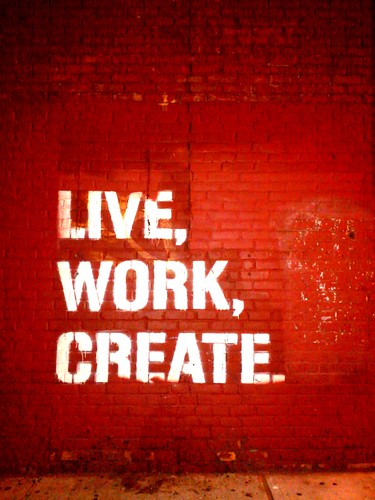Did you know there’s such thing as “good stress”? I didn’t either. Stress, apparently, comes in two forms: distress, what we most closely associate with the term “stress,” and eustress, or good stress.
At the Minnesota Institute, to help us understand eustress, we were asked to think about a time when we created something and then to consider the following questions:
- Was it hard work?
- Were you energized?
Creating something, whether it’s building a shed at your house or developing a new library program, is never easy. Work is work and deadlines must be met and things must get done. Yet, what makes the deadlines, the hard work, the hours of effort poured into creating something, not only tolerable, but even energizing? When one is in the process of creating, there is a compelling, desired end goal. The creator has a vision and all efforts are channeled toward that vision. Eustress is all that creative energy driving the creator along, in spite of the hard work.
Distress, on the other hand, is draining, emotionally and if sustained long enough, physically. And unlike eustress, which manifests when a person has a vision, distress is brought on in absence of a vision. If there is no compelling place to go, no vision of the future, then the absence of a vision breeds fear and distress.
As librarians, shouldn’t our work always be creating something, even if it’s conceptual? Creating better services, creating better systems, creating stronger libraries?
Work will require effort, it will be challenging, but if we are feeling emotionally and physically drained, symptoms of distress, then perhaps the answer isn’t necessarily to work “harder” or longer, but instead to step back, and refocus on the vision, the compelling, desired end goal in our work.





Recent Comments